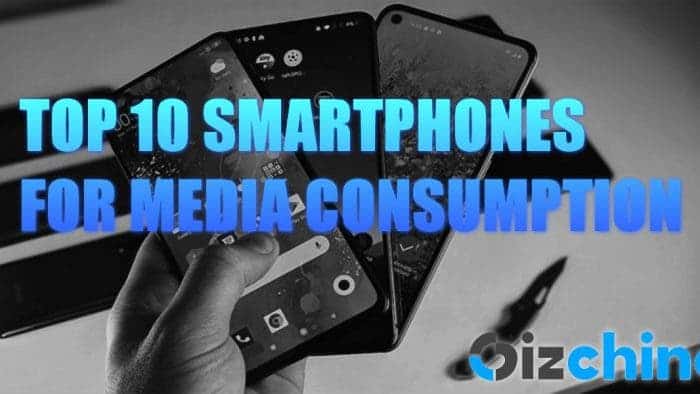With the end of August around the corner, we are here to bring a new edition of our “Top 10 smartphones for Media Consumption” listing. The second quarter of 2021 started with a lot of new launches and it will only get better. We all know there will be many new smartphones coming to agitate the market. However, what stands right nows as the best offerings for media consumers? For some users, media consumption is basically one of the reasons for pushing forward the smartphone market. Especially in these days when the pandemic is yet a reality. People need to prioritize isolation over public meetings and some cases need to stay at home more often. Sometimes we just need to find ways to kill boredom.
In recent times, we’ve been passing countless hours watching movies through online video streaming or gaming services, we’ve been navigating through social media feeds or we’re playing games with our handsets to kill boredom. If you need a good smartphone for media consumption’s sake, then you will need to look at some important factors – Display, Battery Capacity, and certain aspects of the hardware. We hope that on this list, you will get the necessary help to get a good smartphone. Hopefully, any of these devices will meet your needs in this particular department. We’ve elaborated a list of the top 10 smartphones for media consumption you can get in August 2021.
TOP 10 SMARTPHONES FOR MEDIA CONSUMPTION – DISCLAIMER
The devices in the list are, in our opinion, the best devices for watching Netflix and other streaming platforms such as YouTube, Twitch, etc. Moreover, they also deliver great performance and are ideal for trending apps such as TikTok, Instagram, and even Clubhouse. They can also play demanding games without much stress. So if you’re needing a device that will meet all your “multimedia needs” check out our list with good recommendations. Take in mind that these are just the best 10 devices in our opinion. You can always have better options in your mind, so feel free to share your thoughts in the comments section. For the next month, there will be more options, and a new list with our best ten picks.
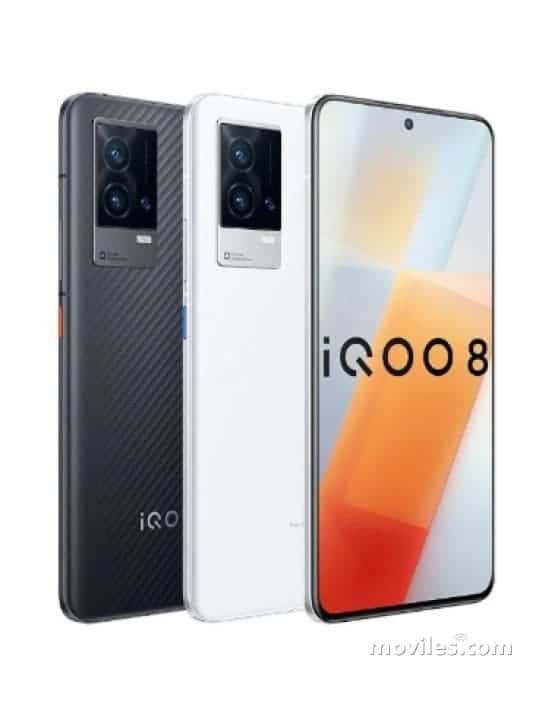
iQOO 8
We start our list with a brand new gaming smartphone introduced by iQOO earlier this month. After months, the iQOO 7 series is getting its deserved sequels in the form of iQOO 8 smartphones. We start with the vanilla variant.
The iQOO 8 follows the company’s formula of offering high-end specifications for hardware enthusiasts without sacrificing the convenient design of premium smartphones. The iQOO 8 flaunts a gorgeous Super AMOLED display with a 120 Hz refresh rate and HDR 10 support. The display has a 6.56-inch diagonal and offers a Full HD+ resolution with 2,376 x 1,080 pixels of resolution. It offers a 398 Pixel Density and has an 87.6 percent screen-to-body ratio.
Under the hood, the iQOO 8 is a flagship-level smartphone rocking the excellent Qualcomm Snapdragon 888 5G SoC. Worth noting that this is the vanilla version and not the recently released SD888+. Anyway, the ARM Cortex-X1 and Cortex-A78 cores will ensure a smooth performance as well as the Adreno 660 which can handle anything in the gaming category. The vanilla iQOO 8 comes in variants with 8 GB of RAM and 128 GB of Internal Storage and 12 GB of RAM with 256 GB of Internal Storage. Unfortunately, it lacks a micro SD cards lot meaning you’ll need to count only with the Internal Storage.
While the iQOO 8 focus is clearly in performance and gaming, you can also get amazing performance in social media apps such as Instagram or TikTok thanks to a very good camera setup. The device has a triple-camera setup. The squarish camera island comprises a 50 MP primary camera with f/1.8 aperture, 0.8um pixel size, PDAF. The secondary snapper is a 13 MP telephoto camera with f/2.2 aperture and PDAF. Last but not least, the device has a 13 MP camera with an f/2.2 aperture for ultrawide shots.
The device offers dual stereo speakers for an immersive audio experience. Unfortunately, it lacks a 3.5 mm headphone jack. Connectivity options Wi-Fi 802.11 a/b/g/n/ac, dual-band, Bluetooth 5.2 with A2DP, LE and aptX HD, and GPS with A-GPS. The device also has NFC and boasts a USB Type-C 2.0 port. The iQOO 8 has an under-display fingerprint scanner and draws its powers from a 4,350 mAh battery which offers support for a whopping 120 W fast-charging. The device runs Android 11 with OriginOS running on top. Due to these outstanding specifications, the gaming hardware-focused smartphone deserves a place in this Top 10 Smartphones for Media Consumption list.
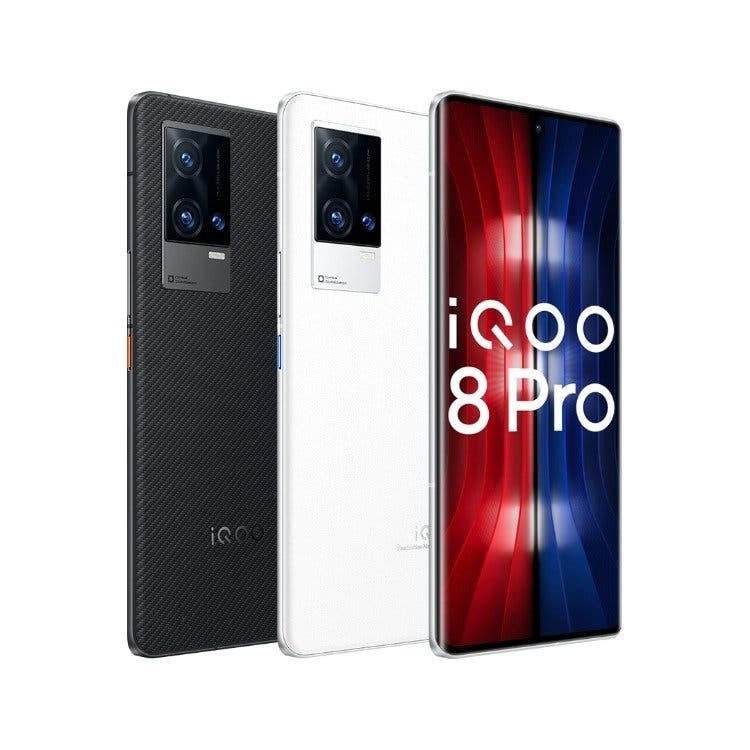
iQOO 8 Pro
In addition to the vanilla smartphone, iQOO has also disclosed an iQOO 8 Pro variant which is the true king of this season in iQOO’s offices. The device brings better specifications and is beyond some flagships launched earlier this year. It’s far better than the iQOO 7 series smartphones. Without further ado, let’s see what in this device makes it a solid contender for the Top 10 Smartphones for Media Consumption list.
The iQOO 8 Pro boasts a 6.78-inch LTPO AMOLED display with a 120 Hz refresh rate. The LTPO nature of this display means that it can dynamically change between 1 Hz and 120 Hz depending on the screen’s content. The device has a QHD+ resolution with 3,200 x 1,440 pixels and a whopping 518 ppi density. The device has an 89.4% screen-to-body ratio, HDR10+ support, Dolby Vision, and an impressive peak brightness of 1,500 nits.
In terms of performance, the iQOO 8 Pro is beyond its sibling and beyond most of the smartphones launched in 2021 minus the Mi MIX 4. The device is one of the few smartphones launched with the Qualcomm Snapdragon 888+. The Plus variant boosts the prime core to almost 3 GHz exceeding its predecessor in performance. The device still has the Adreno 660 GPU which is enough to handle anything in the Google Play Store. The iQOO 8 Pro comes with 8 GB of RAM, and 12 GB of RAM. Storage-wise it is available in 256 GB and 512 GB of UFS 3.1 storage options.
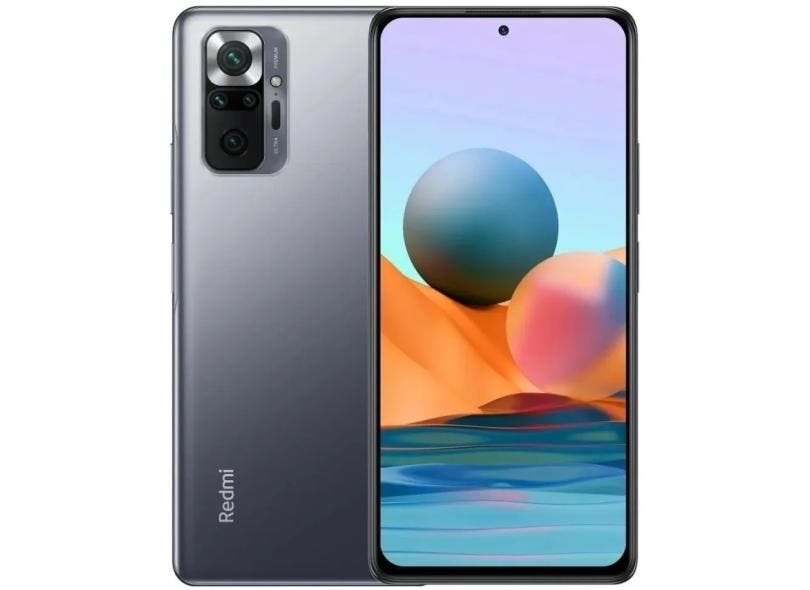
Redmi 10
The next smartphone in our list is an entry-level offering that has solid specifications ensuring a decent performance for everyday tasks and overall media consumption. The Redmi 10 can even run demanding games with medium settings it is a sequel for the last year’s budget king Redmi 9 and we have to say that it deserves a place in the list due to its value-for-money factor and its specifications combined with a massive battery.
The Redmi 10 is the first entry-level Redmi smartphone to come with a high refresh rate display. It packs the very same 6.5-inch diagonal from the Redmi 9. However, this time around, we have a display with a center-aligned punch-hole and a 90Hz refresh rate. The display can switch between 60 Hz and 45 Hz depending on the content shown in the screen. The panel has a Full HD+ resolution with 2,400 x 1,080 pixels and a 405 pixels per inch density. The handset is covered with Corning Gorilla Glass 3 and has an 83.4 percent screen-to-body ratio.
Under the hood, the device has a MediaTek Helio G88 SoC. This is a sequel for the last year’s Helio G85 and does a decent job offering a mid-range-like performance for smartphones in the entry-level segment. It has two ARM Cortex-A75 cores at up to 2.0 GHz plus six power-efficient ARM Cortex-A55 cores at up to 1.8 GHz. The device also has a Mali G52 MC2 GPU ensuring decent performance in graphical tasks. The device comes in variants with 4 GB of RAM and 6 GB of RAM. Storage-wise, it is available in options with 64 GB and 128 GB of Internal Storage. Unfortunately, the storage is a slower eMMC 5.1 standards. You can expand the storage amount via a microSD card.
In terms of optics, the Redmi 10 doesn’t disappoint with a 50 MP camera with an f/1.8 aperture and PDAF. The secondary snapper is an 8 MP ultrawide snapper with an f/2.2 aperture and 120-degrees field of view. The third module is a 2 MP macro unit with f/2.4 aperture while the fourth and final sensor is a 2 MP f/2.4 module for depth sensing. The device also has an 8 MP snapper for selfies and video calls.
In terms of connectivity, the Redmi 10 sports Wi-Fi 802.11 a/b/g/n/ac and Bluetooth 5.1 with A2DP and LE. The device also has GLONASS, GALILEO, BDS, and A-GPS. The IR Blaster makes a comeback alongside the FM Radio and the USB Type-C 2.0 port. The handset has a side-mounted fingerprint scanner and runs Android 11 with MIUI 12.5 straight out of the box. The device draws its powers from a 5,000 mAh battery with 18 W fast-charging and 9W reverse charging.
The Redmi 10 is a very accessible option for those who are looking for a device that can handle social media apps and that can also run some popular games from Play Store. The device is brand new and the availability may vary by region. However, it is already available in Europe and will reach India soon as Redmi 10 Prime. This device is one of the most cost-effective options in this month’s Top 10 smartphones for media consumption.
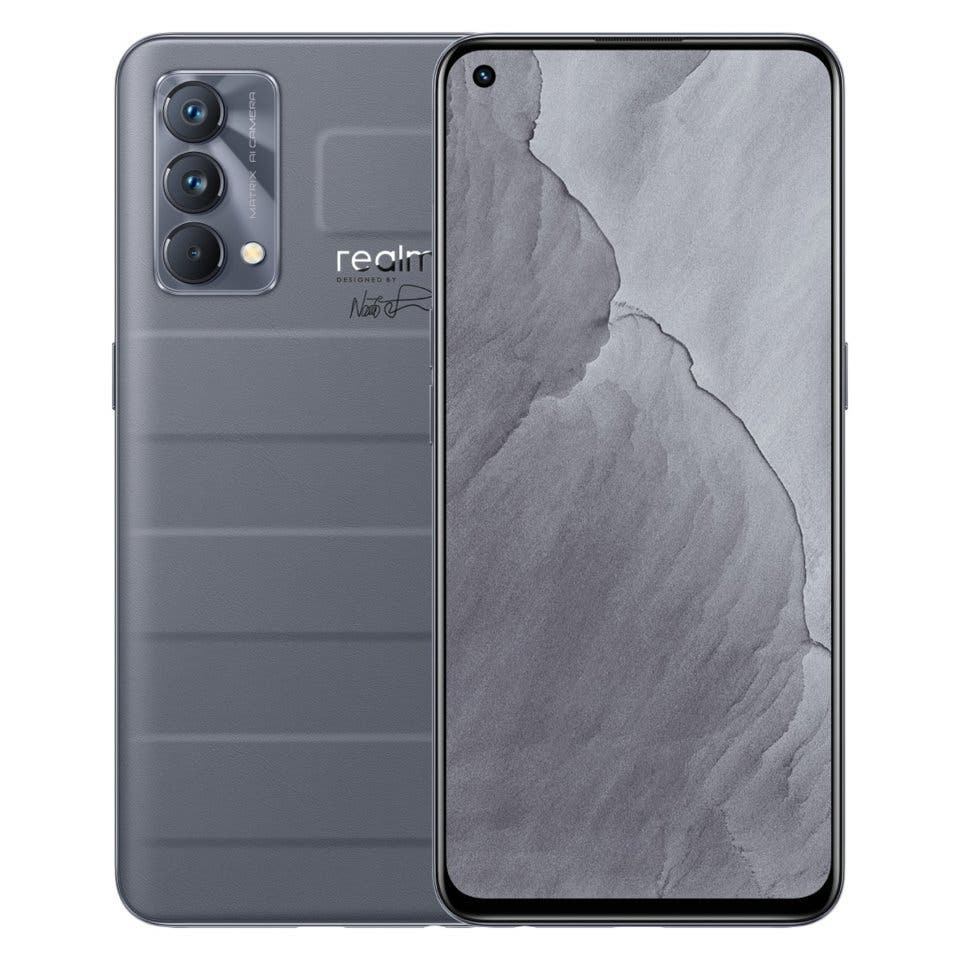
Realme GT Master Edition
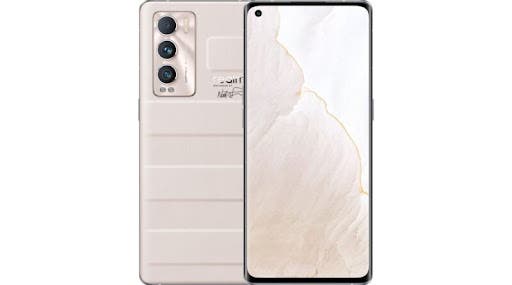
Realme GT Master Explorer Edition
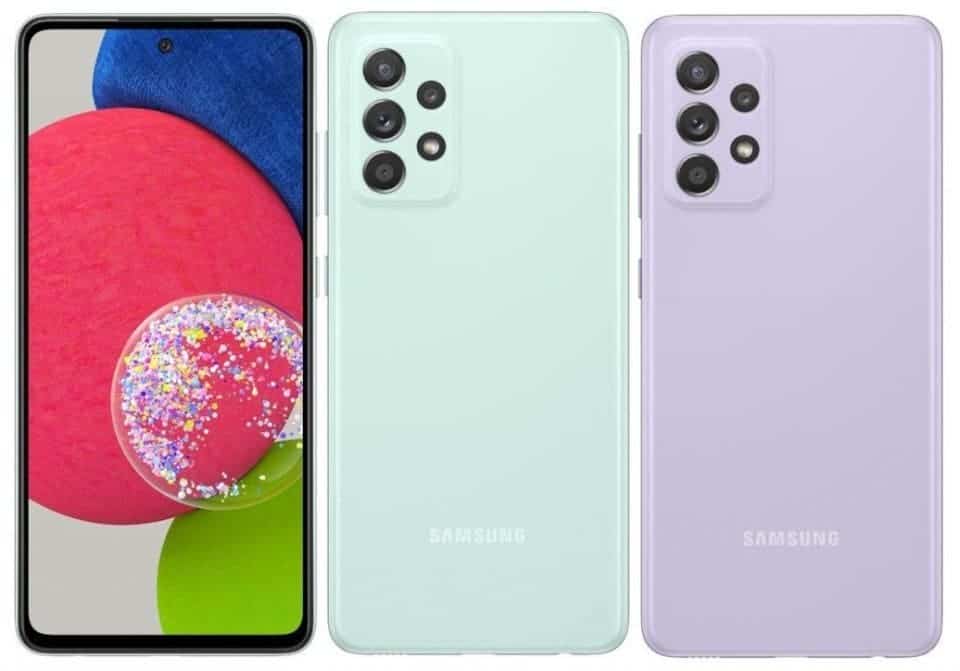
Samsung Galaxy A52s 5G
Earlier this month, Samsung unveiled the Galaxy A52s 5G as a refresh revision of its A52 5G released earlier this year. The device shares similarities with the original model, however, it brings a much-upgraded chipset. The device isn’t so expensive and maybe a good option for a lot of Samsung enthusiasts looking for a good 5G contender in the mid-range segment. It certainly has a lot to offer in terms of media consumption. For that reason, it deserves a place in this Top 10 Smartphones for Media Consumption list.
The Samsung Galaxy A52s 5G packs a 6.5-inch Super AMOLED display with a 120 Hz refresh rate, 800 nits brightness, and Corning Gorilla Glass 5. The device also has a Full HD+ resolution with 2,400 x 1,080 pixels, 84.9 percent screen to body ratio, and offers iP67 dust and water resistance.
Under the hood, we have a newer Qualcomm Snapdragon 778G SoC. This chipset is much better and more efficient than the Snapdragon 750G found on the original Galaxy A52 5G. Further, it gets a much improved Adreno 642L for high-level gaming. The device comes aided with 6 GB or 8 GB of RAM. Storage-wise, users have to opt between 128 GB or 256 GB of Internal Storage.
In terms of optics, the Samsung Galaxy A52s 5G packs a Quad-Camera setup that is unchanged in comparison to the A52 5G. It packs a 64 MP camera with f/1.8 aperture, PDAF, and OIS. There is also a 12 MP ultrawide snapper with f/2.2 aperture, a 5 MP macro snapper with f/2.4 aperture, and a 5 MP f/2.4 depth sensor. The device has a centered punch-hole with a 32 MP resolution.
The device also has Stereo Speakers for an immersive audio experience, the 3.5 mm headphone jack is also present here. Other features include Wi-Fi 5 dual-band, Bluetooth 5.2 with A2DP, and LE. Moreover, there is GPS with A-GPS, GLONASS, GALILEO, and BDS. The device also offers NFC and a USB Type-C 2.0 port with 25 W Fast-charging support. Keeping the lights, we have a 4,500 mAh battery and Android 11 runs the things with One UI 3.1 on top.
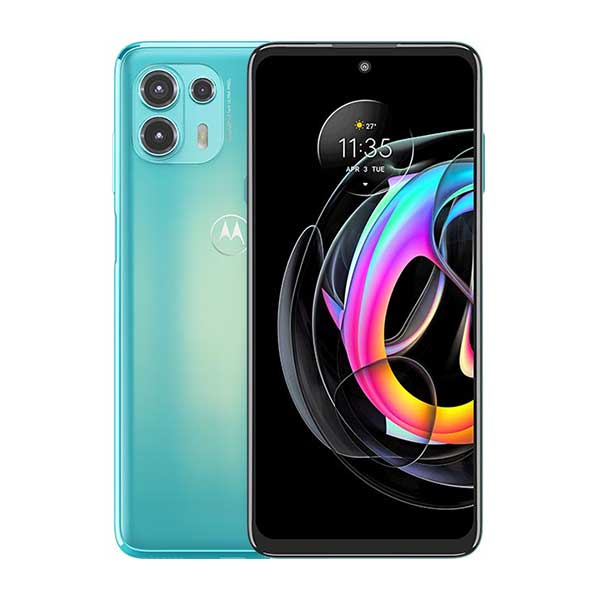
Motorola Edge 20 Lite
We continue our list with the Motorola Edge 20 Lite. The smartphone has very solid specifications and decent battery life, providing decent performance for those who seek media consumption.
The Motorola Edge 20 Lite will pack a 6.7-inch OLED display with a Full HD+ resolution of 2,400 x 1,080 pixels. The device has a 90 Hz Refresh rate, HDR10+ support, and 1B colors. The panel also has 385 pixels per inch density. Worth noting that Motorola equipped this handset with a Water repellent design that should protect against rain drops or splashes.
Under the hood, the Motorola Edge 20 Lite packs a MediaTek Dimensity 720 SoC which offers 5G capabilities and has also enhanced gaming capabilities with a Mali-G57 MC3 GPU. The device is available in options with 6 GB of RAM or 8 GB of RAM. In terms of storage, it is available in options with 128 GB of Internal Storage and you can expand it using a microSD card slot.
In the camera department, the Motorola Edge 20 Lite has a primary 108 MP camera with an f/1.9 aperture. An 8 MP snapper with f/2.2 aperture and ultrawide lenses. It also has a 2 MP camera with f/2.4 for depth sensing. For selfies and video calls, the device has a 32 MP camera with an f/2.3 aperture.
The device has Wi-Fi 5 dual-band, Bluetooth 5.0 with A2DP with LE. It also has GPS with A-GPS, GLONASS, BDS, and GALILEO. Other features include NFC, FM Radio, and a USB C port with Fast-charging 30W support. The device has a massive 5,000 mAh battery which gives it a place in the top 10 smartphones for media consumption list.
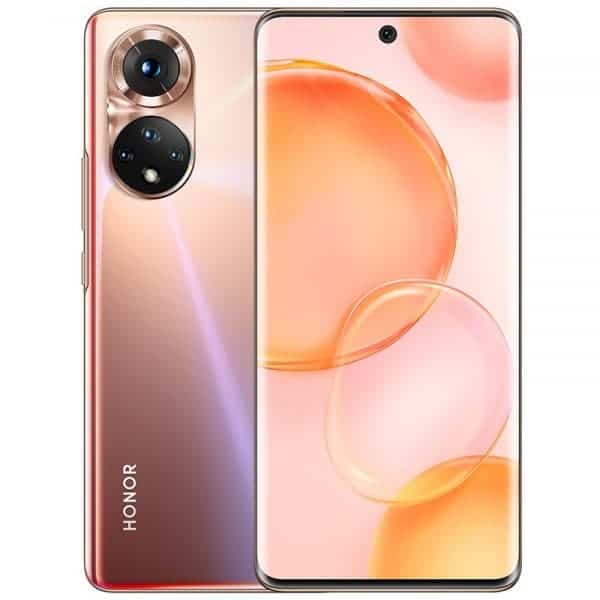
Honor 50
The Honor 50 series marked Honor’s true revival as an independent smartphone brand. The Honor 50 is the starting device and offers premium mid-range specifications with the usual premium design of Honor smartphones. The device has a solid performance and deserves a place in our top 10 smartphones for media consumption list.
The Honor 50 flaunts a 6.57-inch OLED display with a Full HD resolution of 2,340 x 1,080 pixels and 392 pixels per inch density. The device has an 89.7 percent screen-to-body ratio and has 120 Hz refresh rate.
Under the hood, the smartphone runs with a Qualcomm Snapdragon 778G chipset with its Adreno 642L for excellent gaming performance. The octa-core chip is aided with 8 GB or 12 GB of RAM. The device is available in variants with 128 GB or 256 GB of Internal Storage. Unlike Huawei smartphones, Honor decided to leave the nano-memory card slot behind.
In terms of optics, the Honor 50 has a 108 MP camera with PDAF and f/1.9 aperture. The device has an 8 MP ultrawide with f/2.2 aperture, a 2 MP f/2.4 macro sensor, and a 2 MP depth module with f/2.4 aperture. For selfies and video calls, the device has a 32 MP snapper.
Other features include Wi-Fi 6, Bluetooth 5.2 with A2DP, LE, and aptX HD. There is also GPS with A-GPS and GLONASS, NFC, and USB Type-C 2.0 port. The device draws powers from a 4,300 mAh battery with 66 fast charging. On the software front, we have Android 11 with Honor’s Magic UI 4.2 running on top.
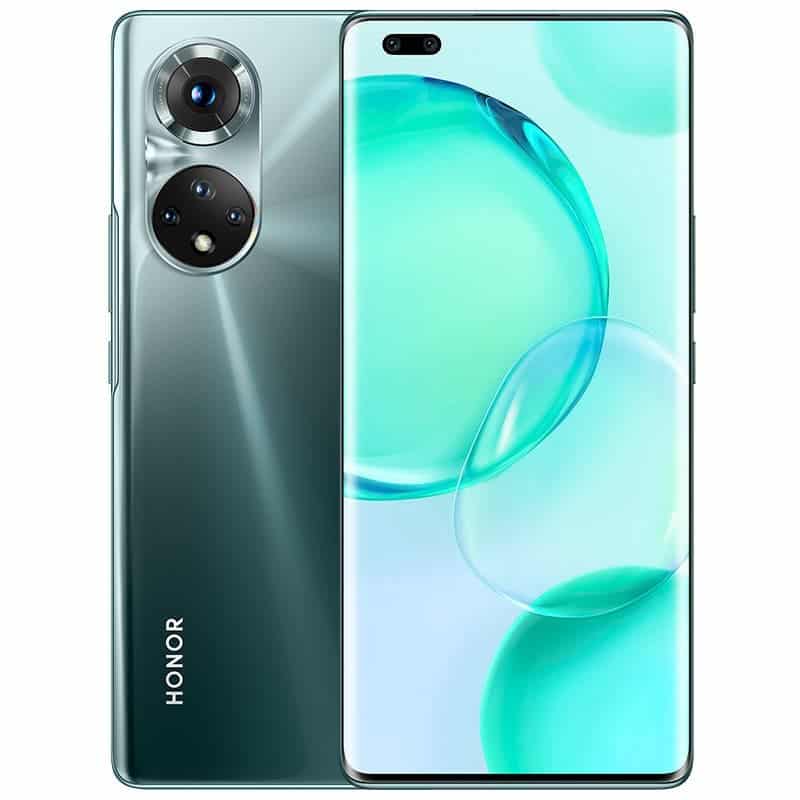
Honor 50 Pro
The next device in the list is the high-tier variant of the Honor 50 series, the Honor 50 Pro. The device is a premium-midrange-tier smartphone and is a far memory for those who enjoyed Huawei flagships in the days before the ban. The Honor 50 Pro has a 6.72-inch OLED display with a 120 Hz refresh rate. It has a unusual resolution with 2,676 x 1,236 pixels, 19:5:9 aspect ratio, and a 439 pixels-per-inch density. Furthermore, the device is quite bezel-less with a 90.8 percent screen-to-body ratio.
Under the hood, the Honor 50 Pro is essentially the same as the Honor 50 Pro with the Qualcomm Snapdragon 778G platform. The device is available in options with 8 GB of RAM and 12 GB of RAM. Storage-wise, it’s only available in 256 GB flavor.
In terms of optics, the Honor 50 Pro does impress with an impressive Quad-Camera setup. It has a huge 108 MP camera with an f/1.9 aperture and PDAF. The secondary snapper is an 8 MP ultrawide camera with an f/2.2 aperture. The device also has a 2 MP macro shooter with an f/2.4 aperture. Last but not least, it comes with a 2 MP depth-sensing snapper with an f/2.4 aperture. For selfies, there is an advanced pill-shaped dual-selfie camera setup. It packs a 12 MP ultrawide snapper with f/2.4 aperture and a 32 MP snapper with f/2.2 aperture.
Other features include Wi-Fi 6 and Bluetooth 5.2 with A2DP, LE, and aptX HD. The device has GPS with A-GPS, GLONASS, and BDS. There is also NFC and a USB Type-C 2.0 port with a whopping 100W fast-charging for the phone’s 4,000 mAh battery. The device has an under-display fingerprint scanner and also runs Android 11 with MagicUI 4.2 on top.
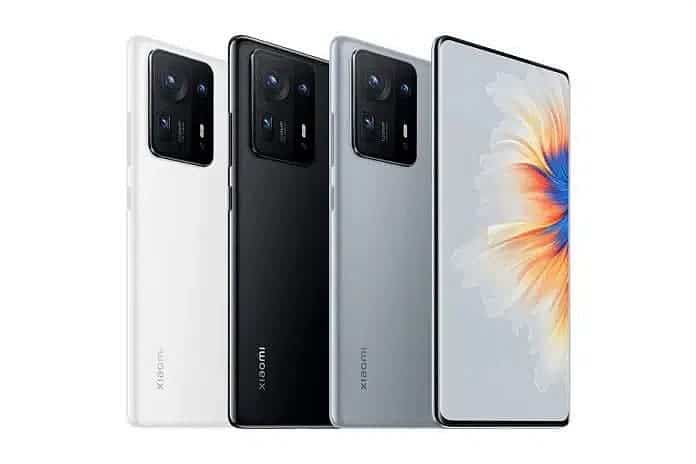
Mi MIX 4
We complete our list with this remarkable device from Xiaomi. The Mi MIX 4 marks the return of the legendary full-screen series with a lot of styles. It boasts cut-edging specifications and also has the company’s first take in the under-screen camera technology.
The Mi MIX 4 shines in the display department. This panel has no interruption, no notch, no punch-hole it’s completely free. It’s a large 6.67-inch AMOLED panel with HDR10+ support, 120 Hz refresh rate, Dolby Vision, and 800 nits brightness. The device has a Full HD+ resolution with 2,400 x 1,080 resolution, 20:9 aspect ratio, and 395 pixels per inch density. The panel is covered with a Corning Gorilla Glass Victus.
Under the hood, the handset has a Qualcomm Snapdragon 888+ chipset with is the most cutting-edge chip in the industry right now. The phone is available in options with 8 GB of RAM and 12 GB of RAM. So there is nothing that this smartphone can’t handle right now.
In terms of optics, the Mi MIX 4 packs a 108 MP camera with f/1.9 aperture, Dual Pixel PDAF, Laser AF, and OIS. Furthermore, it has an 8 MP periscope telephoto camera with PDAF, OIS, and 5x optical zoom. Last but not least, the device has a 13 MP camera with an f/2.2 aperture. In the front, we have an impressive under-display 20 MP camera. It’s not the best camera in the world but is promising since it is invisible to the eyes.
The Mi MIX 4 has stereo speakers tuned by Harman Kardon, Wi-Fi 6e, Bluetooth 5.2, and NFC. It also has GPS with GLONASS, GALILEO, BDS, QZSS, and NavIC. Further, it has an optical fingerprint scanner and Ultra Wideband support. The device draws powers from a 4,500 mAh battery with 120 W fast-charging support. It can also charge wirelessly at a 50W speed.

